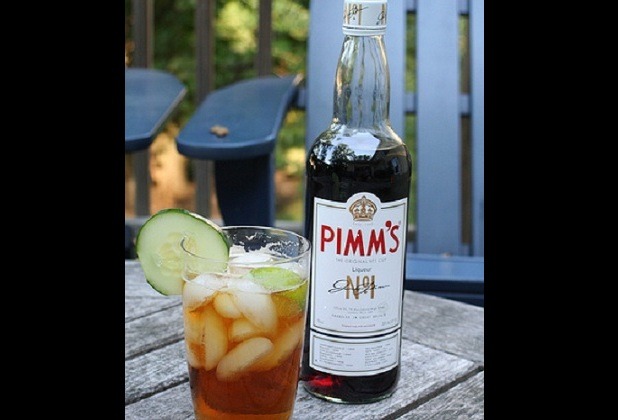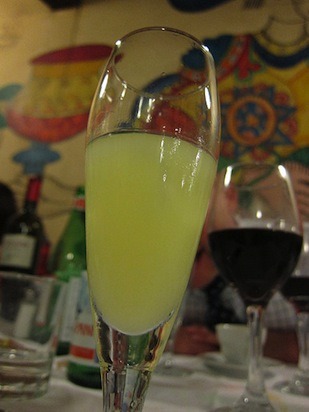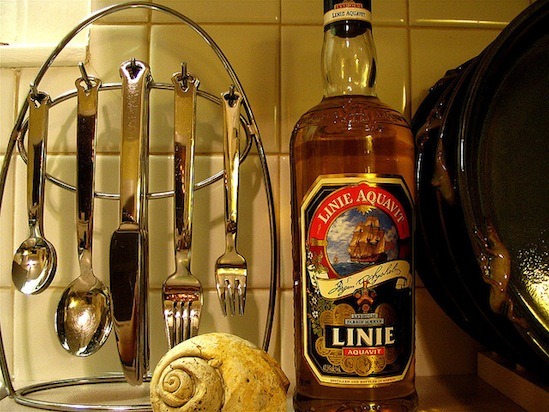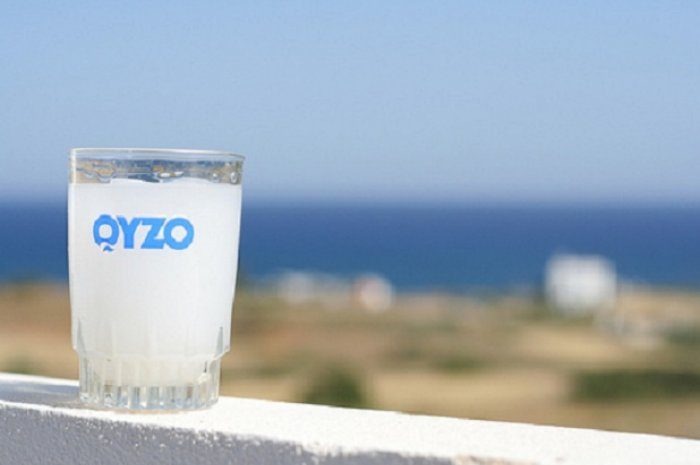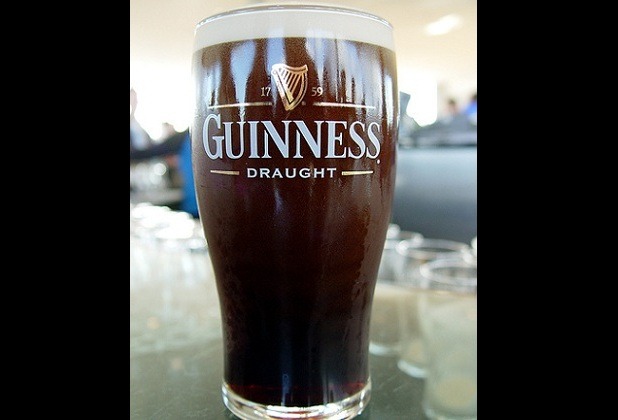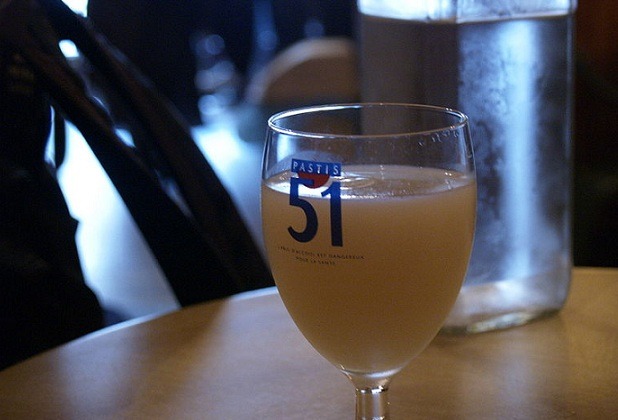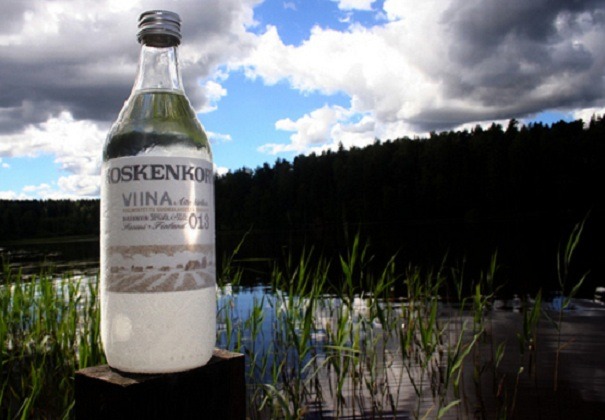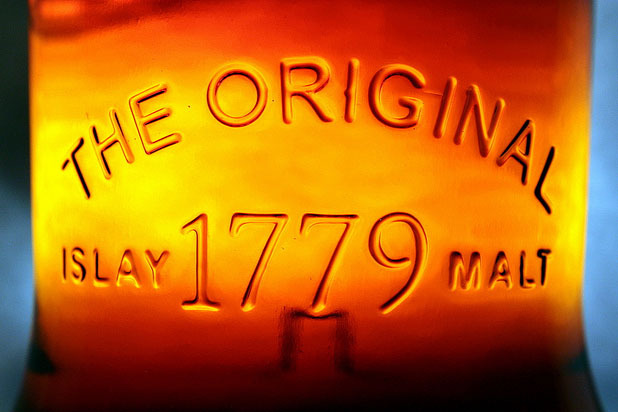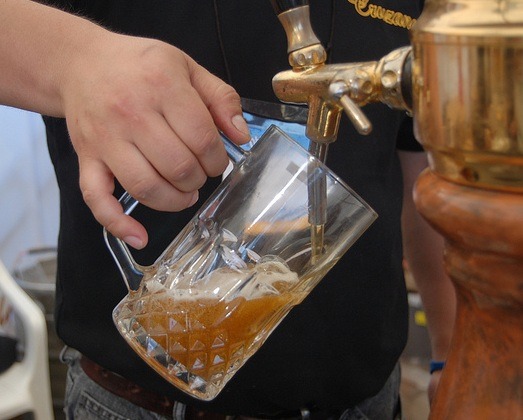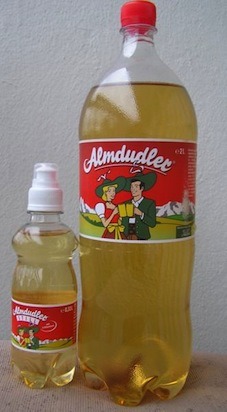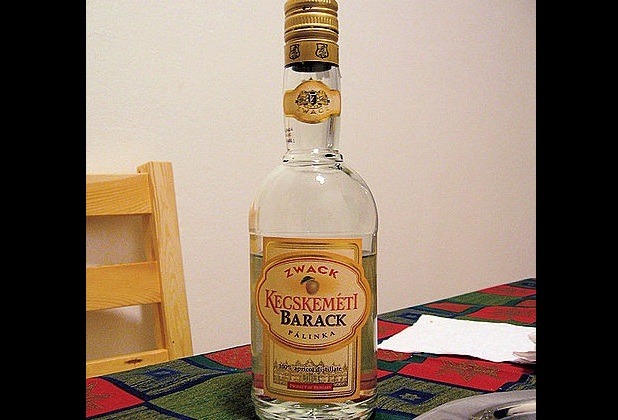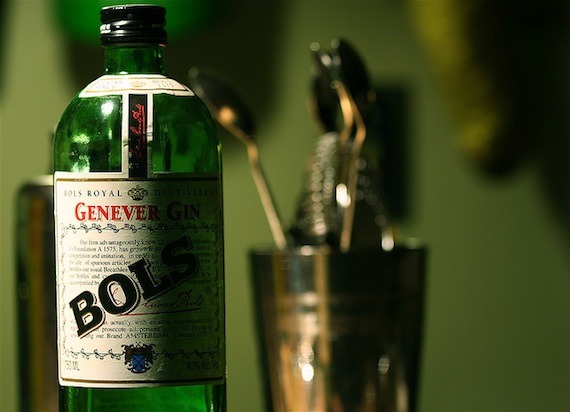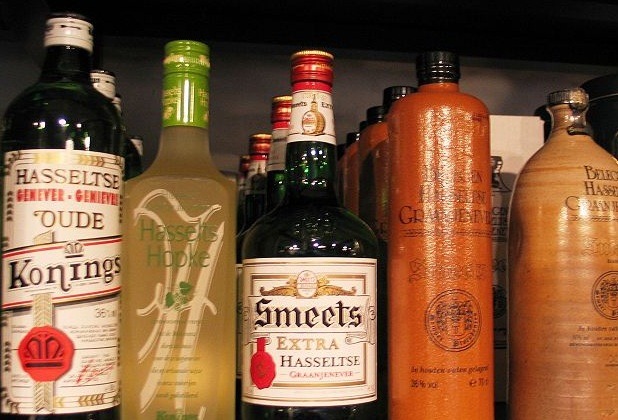A Guide To Europe's National Drinks Slideshow
That tea is the king of drinks in England should really come as no surprise. Introduced in Britain in the 1660s, the drink gained widespread popularity in the 19th century and has since become an essential part of the country's drinking culture.
If we're talking spirits, however, the title goes to Pimm's No. 1 Cup, a gin-based liqueur invented by oyster bar owner James Pimm in 1823. It is the base for the iconic Pimm's Cup cocktail, a drink synonymous with the traditional events of the English summer season, including Ascot and Wimbledon. Some make the comparison that the Pimm's Cup is to Wimbledon what the Mint Julep is to the Kentucky Derby.
Italy: Limoncello
This "golden treasure" of the Amalfi Coast, also referred to by locals as "sunshine wine," is made by steeping lemon rinds in sugar and alcohol for at least a month. The potent liqueur is typically served chilled, either as a pre-meal palate cleanser or as an after-dinner digéstif.
Sweden: Punsch, Akvavit
Punsch is a traditional liqueur made from arrack, a strong distilled spirit made from fermented fruit, sugar cane, rice, and aniseed. It was imported to Scandinavia in the 18th Century from the Indonesian island of Java and has a characteristic color which may vary from golden yellow to dark yellow. Because of its exotic ingredients, it has a unique flavor with overtones of almond, banana, chocolate, whisky, and tobacco. It can be served hot, especially in the winter, or as a dessert drink, together with coffee and tea.
Although popular and produced in various Scandinavian countries, akvavit (or aquavit), is often attributed as the national drink of Sweden. Essentially flavored vodka, the Swedish version is distilled from grain and then infused with various spices, herbs, and fruit oils.
Greece: Ouzo
This widely consumed anise-flavored apéritif, a well recognized symbol of Greek culture, is typically consumed either neat or mixed with water. Modern ouzo distillation largely took off in the beginning of the 19th century following Greek independence when absinthe fell into disfavor in the early 20th century.
Ireland: Guinness
It may be one of the most successful beer brands in the world but there's no question that this dark, dry stout, brewed in Dublin since 1759, counts itself as the Emerald Isle's national drink. The iconic Irish brew, characterized by its distinctive burnt flavor, even uses a derivative of the country's national emblem — the harp — in its logo.
France: Pastis
So many drinks come to mind when you think of France, and pastis in particular is emblematic of the southeastern region of the country, specifically Marseille where the drink originated. The anise-flavored liqueur, popularized by Pernod Ricard, is well-known as a summer drink that is served diluted with water.
Finland - Kossu
The most common clear spirit drink in Finland, The grain (barley) alcohol is produced using 200-step continuous distillation designed to produce high-purity industrial ethanol. The drink is produced by diluting this alcohol with spring water and a very small amount of sugar.
Scotland: Scotch Whisky, IRN BRU
The Scotland's national drink? You're thinking the answer in glaringly obvious. And you're right — it's essentially in the name, after all. But aside from the highly revered Scotch whisky, there is another beverage that holds signature drink status in the country. That drink is a super-sweet orange soda called IRN BRU, dubbed "Scotland's Other National Drink," that actually outsells Coca-Cola in Scotland. Around since 1901, it's said that only two people in the world know the top secret recipe to the drink's "essence."
Germany: Beer, Schnaps
Behind only the Czechs and the Irish in per capita beer consumption, Germany is nevertheless host to the world's largest annual beer festival, Oktoberfest. Need further proof of the seriousness with which Germans approach this national drink? From 1487 to 1987 a law called Reinheitsgebot was in place to protect the purity and quality of German beer. It decreed that the only ingredients that could be used in the production of beer were water, barley, and hops. And although the law has been repealed, many German beers continue to abide by the rule.
Others also contend that German schnaps (not to be confused with the American schnapps) carry the distinction of national drink. The German variety is a clear, colorless spirit distilled from the fermented must of fruits including apples, pears, plums, and cherries.
Turkey: Raki
This non-sweet, anise-flavored spirit is traditionally produced by twice-distilling either pure suma or suma that has been mixed with ethanol in traditional copper alembics and is then flavored with aniseed. It is similar to several kinds of alcoholic beverages available around the Mediterranean, Middle East, and Colombia, including pastis, ouzo, and sambuca. Typically served as an apéritif with mezze it is often either served with water, diluted with water, or straight.
Austria: Almdudler
Made from grape and apple juice concentrates flavored with herbs, this soda is second only to Coca-Cola in popularity in Austria. Developed in 1957, it's said to have a flavor not unlike ginger ale and is enjoyed either by itself or as a mixer with liquor or white wine.
Hungary: Pálinka
Produced in both Hungary and Transylvania, this double-distilled fruit brandy is made from a variety of fruits, such as plums, pears, apricots, applies, cherries, mulberries, or quince. This meant-for-sipping drink is traditionally served slightly warm and in a special glass that narrows at the neck to enhance the aroma.
Russia: Vodka
Those with any doubts about vodka's title as the national drink of Russia need only visit Moscow's museum dedicated to the spirit. Though it now ranks as one of the most popular liquors in the world, it is said to have originated in Moscow in the 15th century, and has particular significance in the drinking culture of the countries of the Eastern European "vodka belt." While these days it gets mixed into just about any kind of drink, in Russia it is traditionally simply enjoyed neat.
Netherlands: Jenever
This high-proof juniper-flavored liquor — and the precursor to modern gin — was originally sold for medicinal purposes in the late 16th century, and it wasn't until the 17th that it was actually appreciated for its taste. Today the drink is achieving popularity in cities like New York as the base for craft cocktails, but traditionally it is served either chilled, at room temperature (for high-quality brands), or as a chaser with beer.
Netherlands - Jenever
Juniper-flavored and strongly alcoholic, jenever is the traditional liquor of the Netherlands and Flanders, from which gin has evolved. It was first sold as a medicine in the late 16th century. In the 17th century it began to be popular for its flavor. Traditional jenever is still very popular in the Netherlands and Flanders. European Union regulations specify that only liquor made in these 2 areas can use the name jenever.
